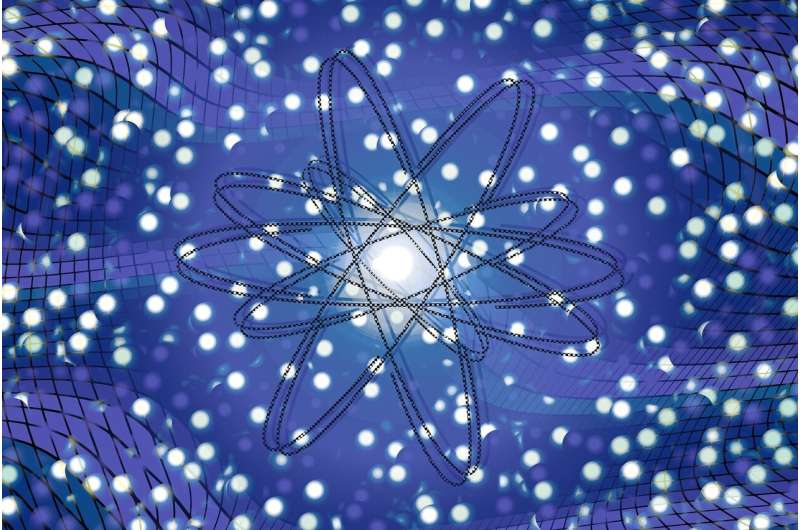A dissertation brought new hi-precision mass measurements for atomic masses of isotopes heavier than iron

A large portion of elements surrounding us are produced in fusion reactions in stars. However, elements heavier than iron require more complex processes taking place in a variety of astrophysical environments to be produced. Modeling these processes requires knowledge on properties of the nuclides taking part in the reactions, such as atomic mass. In his doctoral thesis in the field of nuclear physics at the University of Jyvaskyla Markus Vil茅n has measured the atomic masses of 27 isotopes heavier than iron and three long-lived excited nuclear states. Out of them 16 masses were measured for the first time.
The measurement were performed using the JYFLTRAP Penning trap at the Accelerator Laboratory of the University of Jyv盲skyl盲. The results help improve theoretical models on, for example, nucleosynthesis in neutron star mergers and in a particular type of X-ray bursts.
The exotic radioactive isotopes were produced using the IGISOL facility at the Accelerator Laboratory. The study focused mainly on mass measurements on neutron-rich rare-earth isotopes using the JYFLTRAP Penning trap. Additionally, isotopes with nearly equal proton and neutron numbers were studied.
"The results led to improved accuracy of predictions by theoretical models on the quantities in which different elements are produced in, for example, neutron star mergers. The measurements also reveled new information on the nuclear structure of neutron-rich and neutron-deficient isotopes," says the Markus Vil茅n from the University oh Jyv盲skyl盲.
Techniques for high-precision mass measurements and producing radioactive ion beams were developed and tested in the study.
"Masses of even single ions were measured with precisions of a few parts per billion," says Vil茅n.
More information: Mass measurements and production of ions at IGISOL for the astrophysical r- and rp-processes.
Provided by University of Jyv盲skyl盲





















